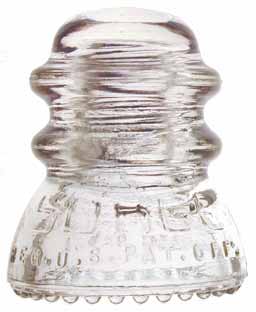 Standard Wireless Telegraph Key
Standard Wireless Telegraph Key
 Standard Wireless Telegraph Key
Standard Wireless Telegraph KeyI'm still having computer woes. Now, how can I relate this latest mess to the west somehow? I know. It's like the first telegraph lines they tethered to the rough cut poles and tree tops way back when. Sometimes they worked and sometimes they didn't. I actually had a guy at AT&T tell me it was the solar flares that are causing my wi-fi to go in and out. So we're still limping along with keeping this blog updated. Have patience. Once I get my computer fixed I'll be boring you to death with daily posts about cowboys and shoot em ups and stage coach robberies.
And for those who entered our Unknown Cowboy contests, thank you. We had so many great entries we're planning to use a couple of them in the next anthology. Our publication date is set for December 20th, so I'll notify you sometime at the end of October. And for those of you who ordered books or won a contest with a copy of a book as the prize. I mailed out a big batch today. And honestly, after standing in line this morning at the post office, I understand why they're losing money. It was worse than the day after Christmas in the returns line at Walmart.
The electric telegraph is a communication system that transmitted electric signals over wires from location to location. In 1809, a crude telegraph was invented in Bavaria by Samuel Soemmering. He used 35 wires with gold electrodes in water and at the receiving end 2000 feet the message was read by the amount of gas caused by electrolysis. In 1828, the first telegraph in the USA. was invented by Harrison Dyar who sent electrical sparks through chemically treated paper tape to burn dots and dashes. However, it was Samuel Morse (1791-1872) that successfully exploited the electromagnet and bettered the invention.

Many of the lines that we used to see between the highways and the railroad tracks were originally telegraph lines. Phone companies leased the lines later when the telephone took over the communications business, which saved them millions of dollars.
Insulators first were used extensively in the mid-1840s with the invention of the telegraph. They were necessary to prevent the electrical current passing through the wire from grounding out on the pole and making the line unusable.
The first insulators were beeswax-soaked rags wrapped around the wire. They worked well in the dry laboratory but soon broke down when exposed to the weather. The next concept was a glass knob, which looked much like a bureau knob one still might find on antique furniture, mounted on a wood or metal pin.
 Typical Glass Insulator
Typical Glass InsulatorI've monopolized my husbands computer long enough...he's starting to sigh and pace so I guess I'd better stop now. But I think tomorrow I'll hit the flea markets and see if I can buy some insulators, a pole, and an old telegraph key and maybe I can stop worrying about solar flares.

I think it's definitely time to "bite the bullet", Madame Cowgirl, and get yoreself a spiffy new computer-thing-a-ma-jig!
ReplyDeleteSorry to hear about your computer woes. These dandy machines are extremely easy to get used to having around. I finished "Monte Walsh" this past week after reading about it here on Cactus Country. Clearly one of the best westerns I've read.
ReplyDeleteMy computer is fine--it's MOI that's the problem. :-) I FINALLY found the source of my problem for posting comments -- simple fix, just had to know what the problem was. I want to tell you what a great job you did on the Cactus Country Anthology. I LOVE the cove and it's given me many evenings of pleasure as I've read the contributions in it. Keep up the good work. I'm looking forward to Volume II.
ReplyDeleteWhoops! Should have proofed my comment better. I LOVE the "cover" not the "cove." Sorry.
ReplyDeleteHaha, I remember collecting these as a kid. :)
ReplyDelete